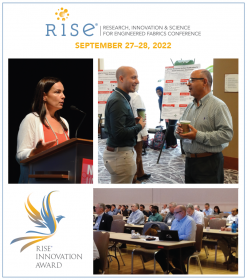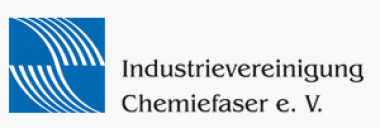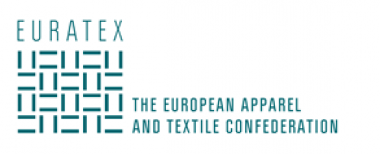World Natural Fibre Update September 2022
World Natural Fibre Production in 2022 is estimated at 32.6 million tonnes, down 1.1 million tonnes from the estimate one month ago. Production reached 33.3 million tonnes in 2021 and 31.6 million in 2020.
A drought in Texas where over half of cotton produced in the United States is grown, and flooding in Pakistan, the fifth largest cotton producer, account for the decline (www.ICAC.org).
- Nearby cotton futures on the Intercontinental Exchange rose 14% from the end of July and finished August at $2.60 per kilogram.
- The Eastern Market Indicator of wool prices in Australia, fell 1% from mid-July to mid-August to US$9.27 per kilogram.
- Prices of jute fibre in India quoted by the Jute Balers Association (JBA) at the end of August converted to US$ fell 4% from a month earlier to 79 cents per kilogram.
- Prices of silk in China equalled US$ 28.7 per kilogram at the end of August, compared with US$29.5 per kilogram in July 2022, a change of 3%.
- Coconut coir fibre in India held at US cents 21 per kilogram in August.
World production of jute and allied fibres is estimated unchanged at 3.2 million tonnes in 2022 compared with 2021. High market prices in 2021 motivated farmers to expand planted area in both Bangladesh and India, but dry weather during June and July will limit yields per hectare. Normal monsoon rains resumed in South Asia during August, too late for the 2022 jute crop (https://www.wgc.de/en/).
Production of coir fibre rose by an average of 18,000 tonnes per year during the past decade, and production was at a record high of 1.12 million tonnes in 2021. Production is expected to remain high in 2022.
Flax has also been trending upward, rising by an average of 27,000 tonnes per year, and production in 2022 is estimated to remain above one million tonnes.
World wool production is forecast up by 5% in 2022 to 1.09 million tonnes (clean), the highest since 2018. Wetter weather in the Southern Hemisphere, following eight years of drought, is allowing farmers to rebuild herds (https://www.wool.com/market-intelligence/).
Natural fibres are heavily-traded commodities, and supply chain disruptions are causing significant economic losses as freight costs remain high and deliveries are delayed.
About 40% of world cotton production moves as fibre in international trade each season. Over half of world jute production moves as fibre or product, and around 55% of world wool production is exported as raw wool. Abaca, flax, and sisal are also heavily traded.
Most natural fibre exports traverse back-haul ocean freight routes from the Western Hemisphere to East Asia and the Middle East, from South Asia to East Asia and Europe, from Africa to East Asia and the Middle East, and from Australia and South Africa to China. Such routes are relatively underserved in the best of times, and reduced sailings since the start of Covid are restricting trade volumes.
As of the end of August, Freightos (https://fbx.freightos.com/) quoted the cost of moving a 40’ container from the United States West Coast to East Asia at $793, compared with $1,020 in March 2022. Nevertheless, average freight costs on back -haul routes used by natural fibres remain approximately triple their pre-covid levels. In addition to ocean freight costs, inland transportation is also affected by high fuel prices and a lack of containers. As one example, charges for inland handling of export containers in Bangladesh, the largest exporter of raw jute, increased by 48 per cent during August.
DNFI
Discover Natural Fibres Initiative






























